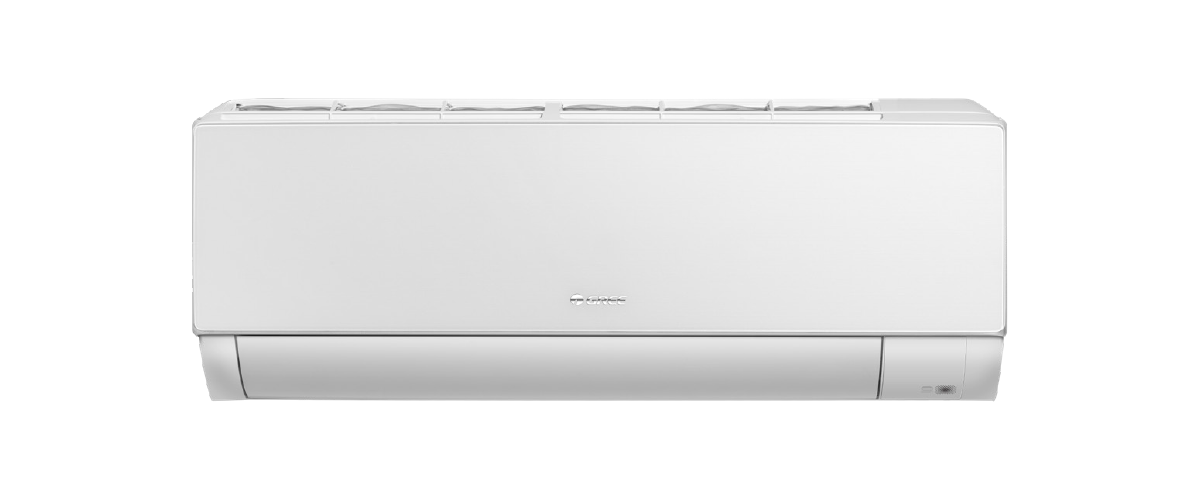The Science Behind Air Source Heat Pumps
The Science Behind Air Source Heat Pumps
Blog Article
Comparing Air Source Heat Pumps to Traditional Heating Systems
In regards to energy-efficient and eco-friendly heat alternatives, air resource temperature pushes (ASHPs) stand out as a well known choice for homeowners and companies alike. But with increased attention bordering sustainability and clean power, understanding how air source heat sends work and their benefits is needed for creating an informed decision. This information will function as your ultimate guide to demystifying Air source heat pump (Luftvärmepump) and exploring how they supply an modern means to fix contemporary heating needs.

What Can be an Air Supply Heat Push?
An air supply temperature push is a heat and chilling program that extracts heat from the outside air and moves it indoors to effortlessly manage the temperature of a building. Unlike conventional heat programs that count on burning fuel, ASHPs use energy to maneuver heat, creating them a more sustainable and cost-effective option.
You can find two main kinds of air source heat pumps:
1. Air-to-Air Heat Pumps: These transfer heat to the air within your home or making, functioning similarly to a mainstream HVAC process but with better efficiency.
2. Air-to-Water Heat Pumps: These methods heat water that can then be utilized in radiators, underfloor heating techniques, or for domestic warm water.
How Do Air Supply Temperature Sends Perform?
Air source temperature pumps run on an easy yet innovative concept. They acquire heat from the outside air, even yet in colder conditions, utilizing a compressor and a refrigerant system. Here's a fast break down of the procedure:
1. Temperature Consumption: The device absorbs heat from the air outside.
2. Compression: The heat is then compressed employing a refrigerant, increasing their temperature.
3. Heat Transfer: This temperature is shifted in to the developing to warm the home or water.
4. Recycling: The refrigerant rounds back again to replicate the process.
ASHPs can also reverse this method in hotter weeks, working as an air conditioning equipment by moving heat from inside to the exterior air.
Why Pick Air Source Heat Sends?
The growing reputation of air supply temperature pumps may be credited with their numerous advantages over standard programs:
• Power Efficiency: ASHPs use electricity to transfer temperature as opposed to generate it, reducing power consumption.
• Eco-Friendly Heating: By leveraging renewable temperature from the air, ASHPs decrease carbon emissions significantly.
• Charge Savings: While the first expense may be higher, reduced power bills make ASHPs a cost-effective answer in the extended term.
• Usefulness: Whether you're in need of heat, cooling, or hot water, air resource heat pushes offer multi-functionality in one single system.
• Little Maintenance: These methods were created for low preservation, typically requiring only an annual check-up.
Are Air Source Heat Pushes Proper for You?

Air supply temperature pumps are most reliable in insulated domiciles and in climates wherever conditions don't often decline exceptionally low. If you are contemplating one, here really are a few facets to consider:
• Current Heat Program: Retrofitting a temperature push in to a current program might require extra upgrades, such as better padding or suitable heat emitters.
• Outside Place: ASHPs need space about them allowing unrestricted airflow.
• Upfront Prices: While the purchase and installation prices might appear large, government incentives and long-term savings usually counteract that original investment.
Final Thoughts
Air supply temperature pumps symbolize an advance in sustainable heat and power efficiency. Making use of their power to reduce carbon emissions and supply trusted comfort year-round, they are a persuasive choice for anyone seeking to arrange with cleaner energy solutions. By understanding how these methods function, you'll be well-positioned to determine if they're the proper match for your house or business.
Report this page